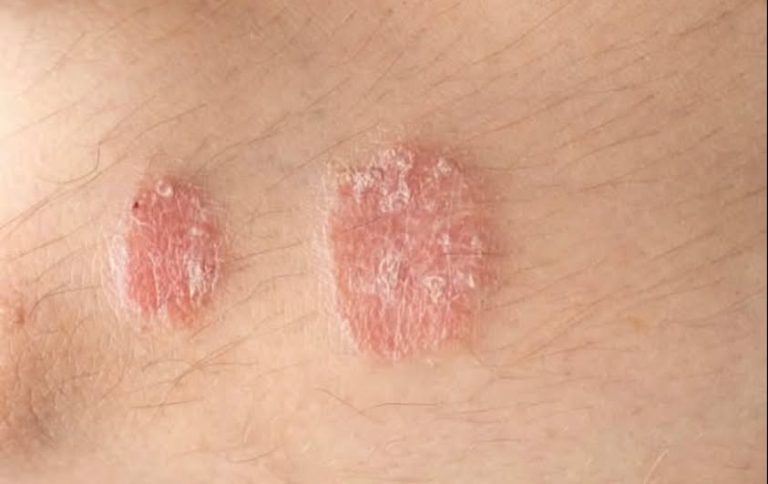5 Types of Psoriasis and How to Recognize Their Hidden Symptoms


4. Pustular Psoriasis
Appearance: White pustules (pus-filled blisters) on red, inflamed skin
Symptoms: Fever, chills, severe discomfort
Severity: Can be localized (hands and feet) or widespread
Urgency: Requires prompt medical attention
5. Erythrodermic Psoriasis (Rarest and Most Severe)
Appearance: Widespread redness, scaling, and skin shedding
Symptoms: Intense itching, burning, pain, swelling
Triggers: Severe sunburn, infections, sudden cessation of psoriasis treatment
Urgency: Can be life-threatening and often requires hospitalization
Beyond the Skin: Nail and Joint Effects
Psoriasis can also affect your nails, causing thickening, discoloration, pitting, or even detachment from the nail bed—a condition known as onycholysis. These nail changes can sometimes signal psoriatic arthritis, a related autoimmune condition that causes painful joint inflammation.
Conclusion
Psoriasis comes in many forms, but one thing is clear: ignoring the signs only allows the condition to worsen. Early recognition of changes in your skin or nails can help you manage psoriasis effectively and protect your overall health.
If you notice unusual rashes, scaling, or nail changes, consult a dermatologist for a diagnosis and personalized treatment plan. Remember, caring for your skin is also caring for your long-term well-being.